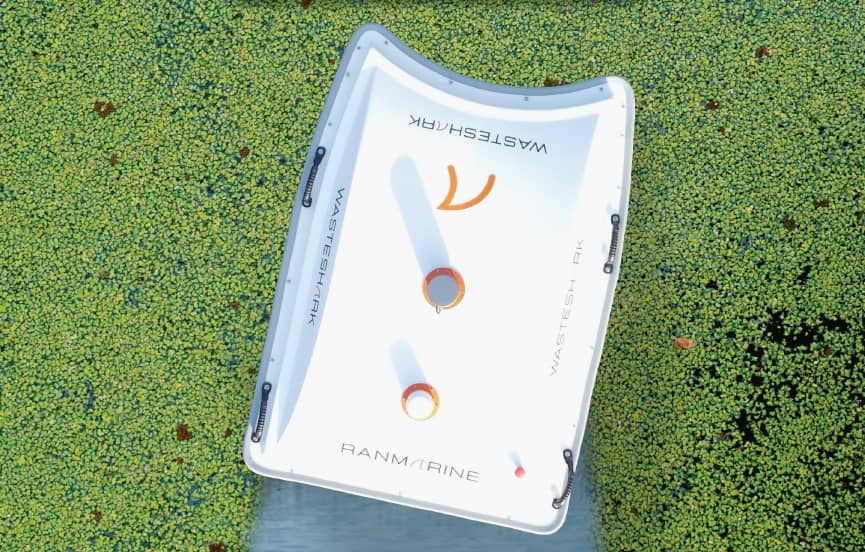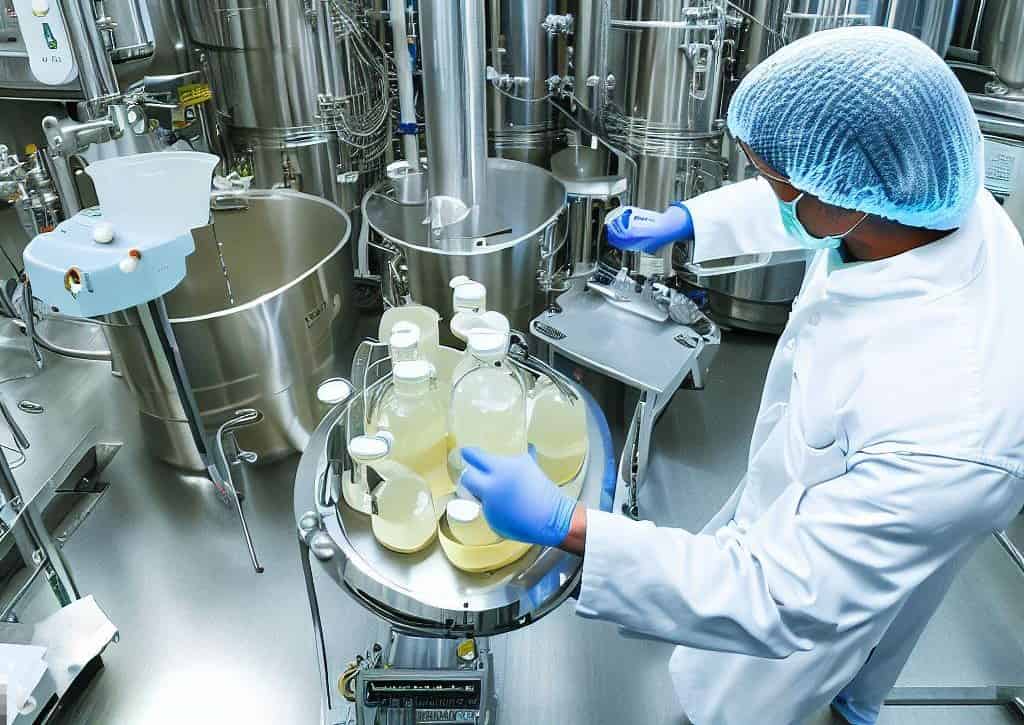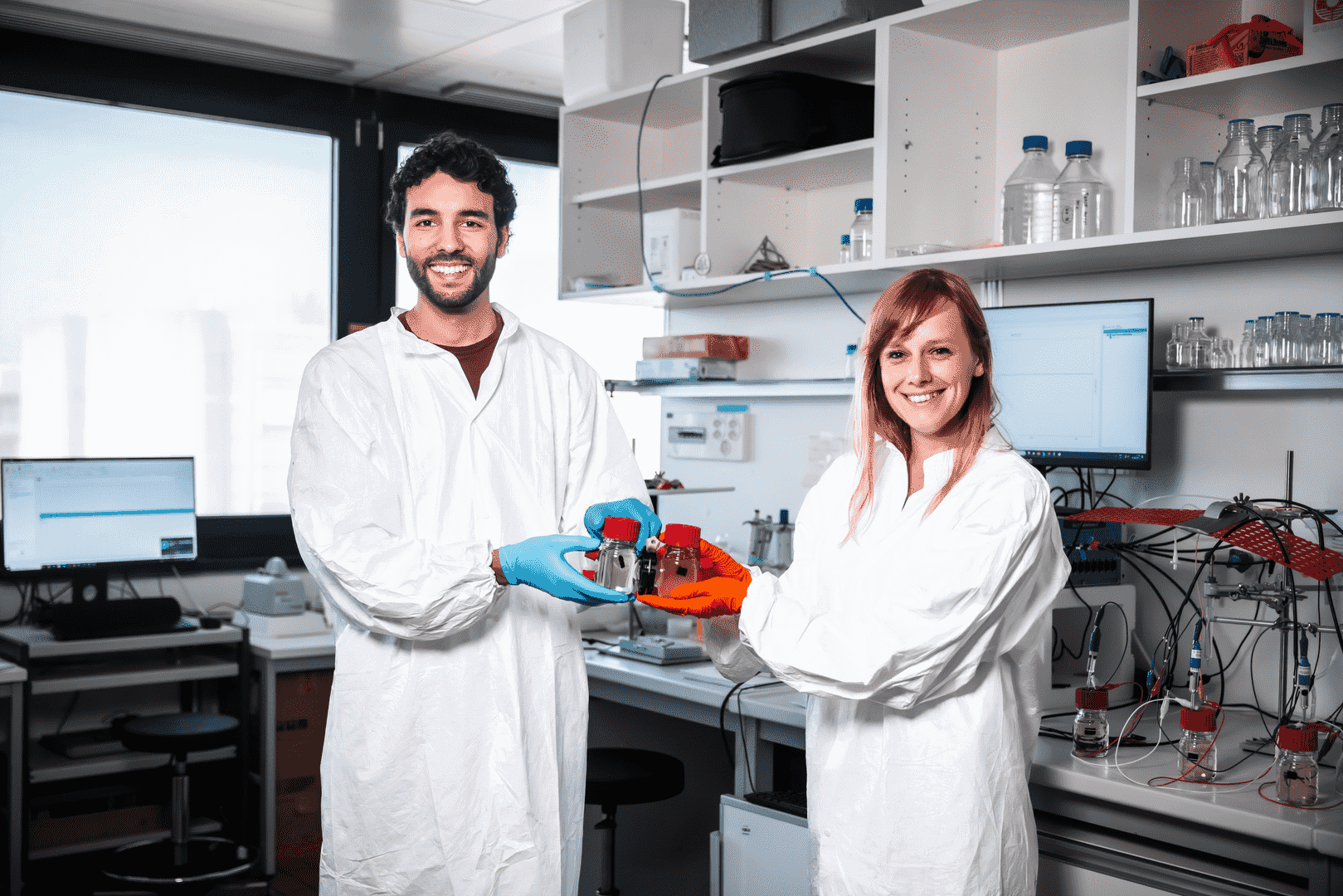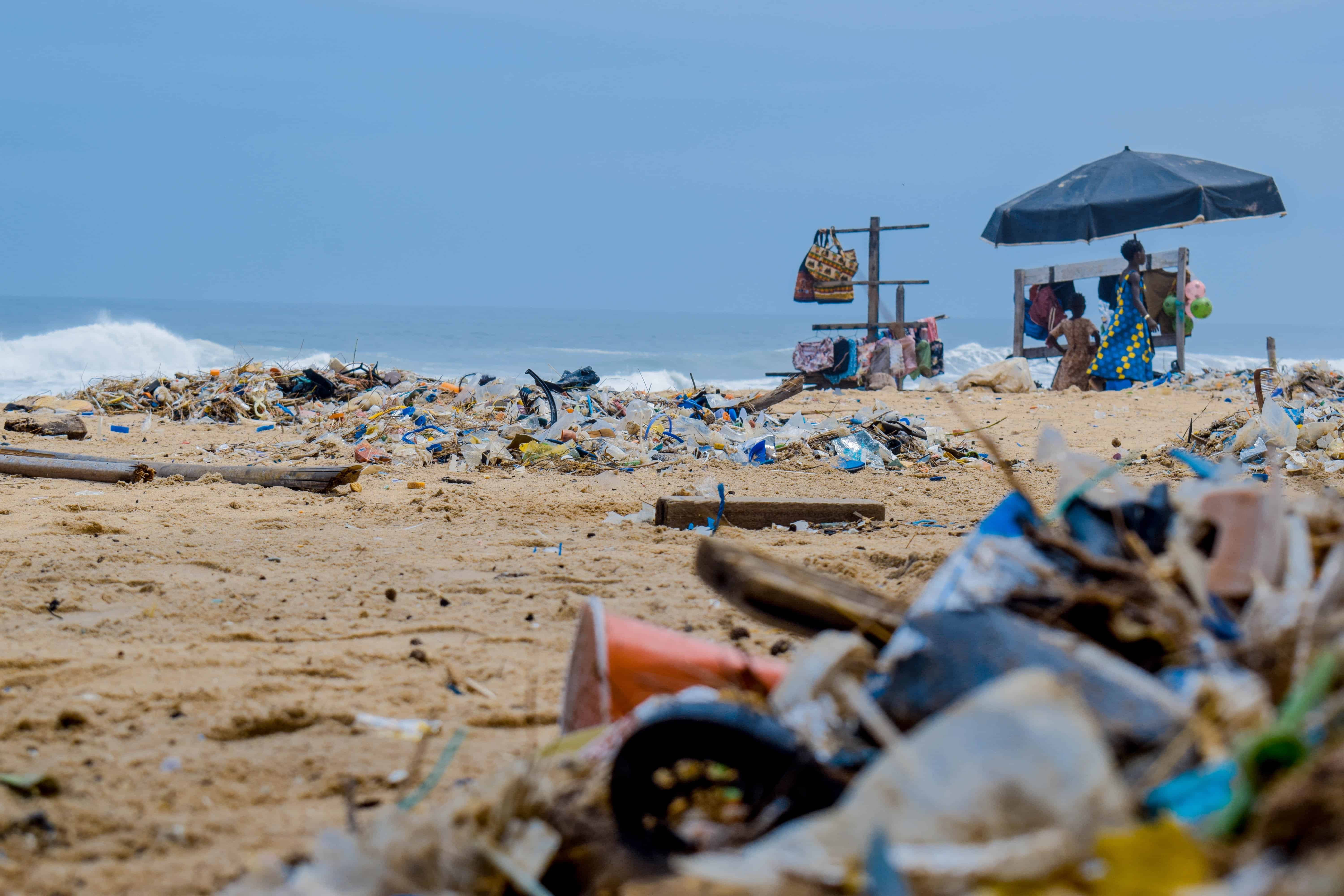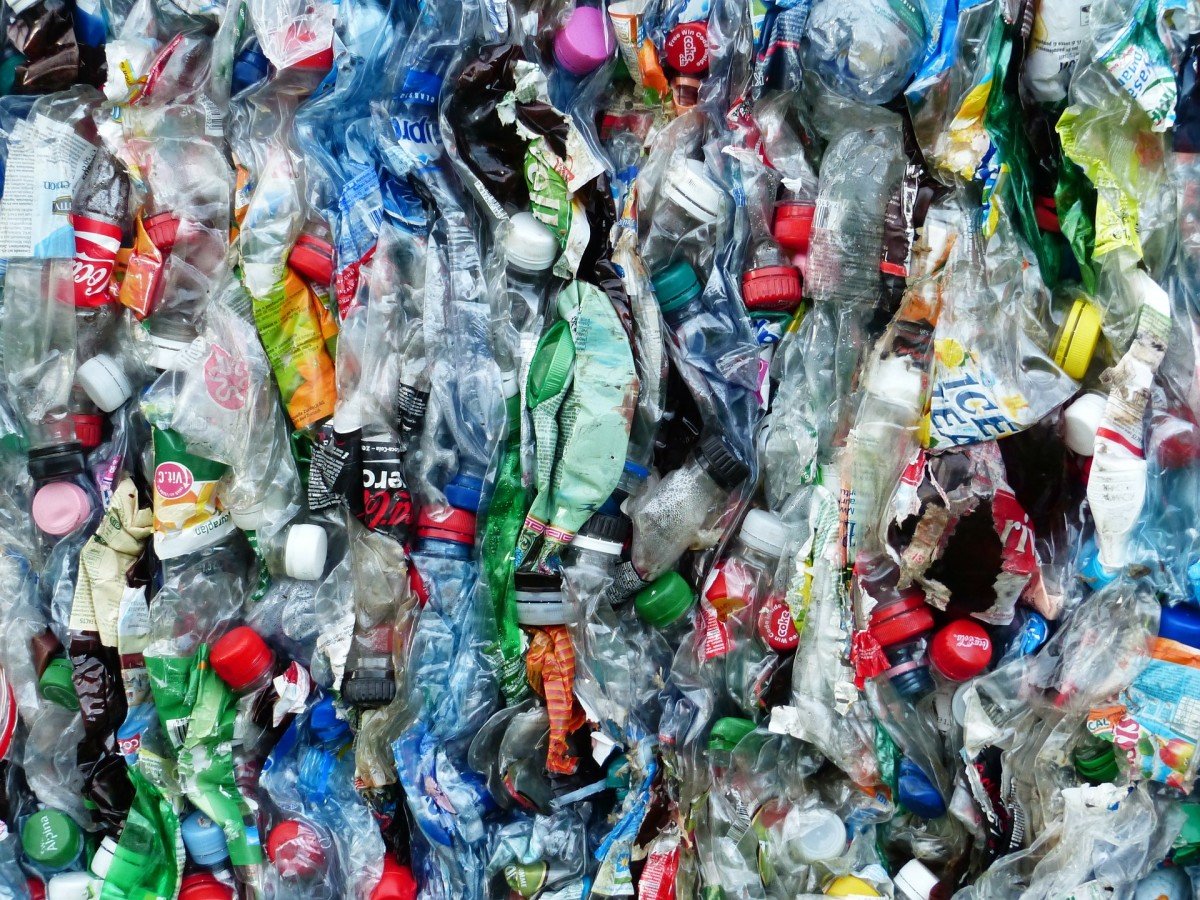
We aren’t too fond of blue-green algae. They do color the water a beautiful opal or emerald. But they can make you pretty sick if you go swimming in them. It turns out these summer fun-killers have a very useful side to them. They can make plastic naturally. Researchers at the German University of Tübingen have now for the first time succeeded in altering the metabolism of the bacteria in such a way that they produce that natural plastic in quantities that enable industrial use.
This is a sustainable and environmentally friendly alternative to the plastics that are currently made from petroleum. The University of Tübingen press release states that the research group, led by Professor Karl Forchhammer, published their findings this month in the trade journals Microbial Cell Factories and PNAS.
Industrial relevance is enormous
“The industrial relevance of this form of bioplastic is enormous,” Forchhammer asserts. Every year, the European Union alone produces some 29.1 million metric tons of plastic waste. Of that, only about 30 percent is recycled. Global production of plastics is projected to increase by another 40 percent over the next decade.
Ever-increasing volumes of plastic waste also end up in nature, where some of these plastics pollute the oceans or enter the food chain in the form of microplastics. By 2050, as Innovation Origins previously reported last year, plastic production will also be responsible for 15 to 20 percent of CO2 emissions.
Polyhydroxybutyrate
Blue-green algae now seems to offer a solution. Cyanobacteria of the genus Synechocystis produce polyhydroxybutyrate (PHB), a natural form of plastic. PHB can be used in the same way as the plastic polypropylene. However, it rapidly degrades in the environment without releasing pollutants.
As a rule, however, the amount produced by these bacteria is very small. The Tübingen research group managed to identify a protein in the bacteria that smothers the carbon flow to PHB within the bacterial cell. After removing the corresponding regulator and carrying out additional genetic modifications, the amount of PHB produced by the bacterium increased dramatically. It eventually constituted more than 80 percent of the total mass of the cell.
Plastic bacteria
“We made actual plastic bacteria,” said Dr. Moritz Koch, first author of the study published in Microbial Cell Factories. “Cyanobacteria are in a sense the hidden champions of our planet,” Koch stressed. “It was blue-green algae that created our atmosphere through photosynthesis about 2.3 billion years ago, as well as the ozone layer that protects us from UV radiation.”
Since the blue-green bacteria only need water, CO2 and sunlight, they are optimally suited for climate-friendly and sustainable production, according to the researchers. “The entire production of plastics could be completely revolutionized once this becomes established in the industry,” Koch said. The long-term goal is to optimize the use of the bacteria to the point where they can be used on a large scale.
Also interesting:
Scientists find new method for bioplastic production using food waste
Consumers haven’t noticed European plastic taxes so far



